Birds, with their graceful flight and melodious songs, have always captivated our imagination. But have you ever wondered how these feathered creatures manage to survive in freezing temperatures without their delicate feet succumbing to the bitter cold?
It’s a question that has puzzled scientists and bird enthusiasts alike for years. While we bundle up in layers and seek shelter from the icy winds, birds continue to perch on frost-covered branches, seemingly unaffected by the chill.
The secret lies in their remarkable adaptations and physiological mechanisms that allow them to maintain a comfortable body temperature even in the harshest of winters.
In this article, we will delve into the intriguing world of avian thermoregulation, exploring the unique features that keep birds’ feet warm and functional in freezing conditions. Prepare to be amazed by the wonders of nature as we unravel the mystery of why don’t birds’ feet freeze.
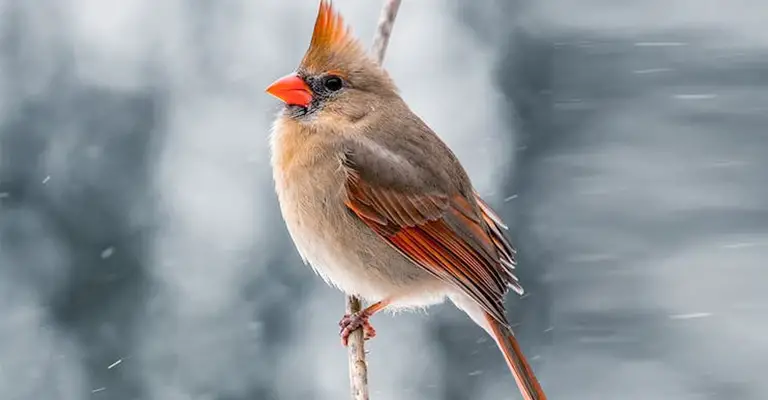
Why Don’t Birds’ Feet Freeze?
Birds have evolved several adaptations that help prevent their feet from freezing in cold temperatures. Here are ten reasons why birds’ feet don’t freeze:
Counter-current Heat Exchange
Birds have a unique circulatory system in their legs that allows warm arterial blood to transfer heat to the cooler venous blood returning to the body. This minimizes heat loss and keeps their feet warm.
Reduced Surface Area
Birds have relatively small feet compared to their body size, which reduces the amount of surface area exposed to cold air. This helps minimize heat loss.
Insulation
Birds have a layer of insulating feathers on their legs and feet, which helps retain body heat and prevents their feet from freezing.
Shivering
Birds can shiver, which generates heat and helps warm up their feet when they are exposed to cold temperatures.
Roosting Behavior
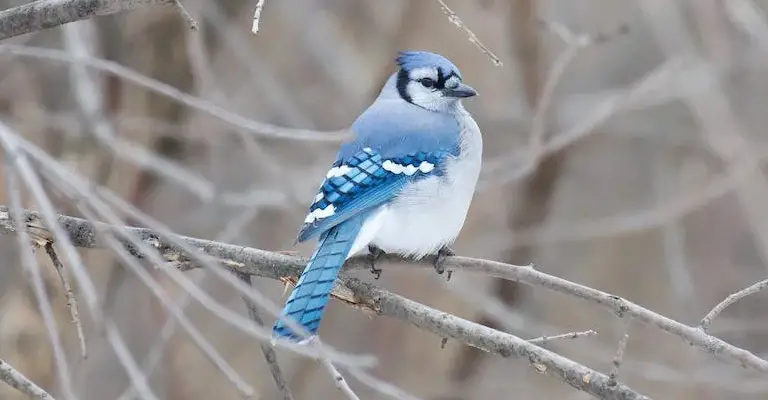
Birds often roost in groups, huddling together to share body heat. This communal roosting behavior helps keep their feet warm by minimizing heat loss.
Perching Posture
When birds perch, they often tuck one leg up into their feathers, reducing the exposed surface area and conserving heat.
Blood Flow Regulation
Birds have the ability to regulate blood flow to their extremities. In cold temperatures, they can reduce blood flow to their feet, redirecting it to vital organs to maintain core body temperature.
Cold Tolerance
Birds have adapted to tolerate cold temperatures by having a higher metabolic rate, which generates more body heat. This helps keep their feet warm even in freezing conditions.
Behavioral Adaptation
Birds may actively seek out warmer areas, such as sunny spots or sheltered locations, to rest and warm up their feet.
Specialized Feet
Some bird species have specialized adaptations in their feet to cope with cold environments. For example, penguins have a thick layer of fat and dense feathers on their feet, which provide insulation and prevent freezing.
Birds have evolved a combination of physiological, behavioral, and anatomical adaptations to prevent their feet from freezing in cold temperatures.
These adaptations help them conserve heat, regulate blood flow, and actively generate warmth, ensuring their feet remain functional even in freezing conditions.
What Can You Do to Keep a Bird’s Feet Warm in Cold Weather?
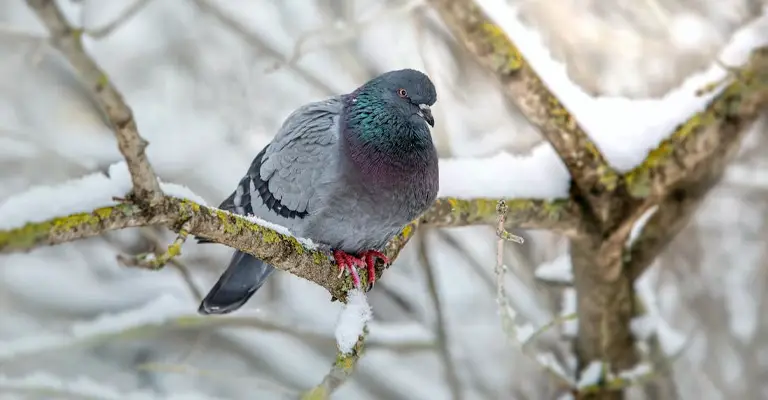
If you want to help keep a bird’s feet warm in cold weather, here are some steps you can take:
Provide Shelter
Set up birdhouses, roosting boxes, or shelters in your yard to give birds a place to seek refuge from the cold. These structures can provide protection from wind and precipitation, helping to keep their feet warmer.
Offer Perches
Install bird feeders or perches with rough surfaces, such as branches or twigs, that birds can grip onto. This helps prevent their feet from coming into direct contact with cold surfaces, reducing heat loss.
Use Heated Birdbath
Provide a heated birdbath or place a heater in a regular birdbath to prevent the water from freezing. Birds can then drink and bathe, keeping their feet hydrated and reducing the risk of frostbite.
Provide Food Sources
Offer high-energy foods like suet, seeds, and nuts to attract birds to your yard. These foods provide the necessary energy for birds to maintain their body temperature, including their feet.
Create Windbreaks
Plant shrubs, and trees, or install windbreak barriers around your yard to create sheltered areas where birds can find protection from cold winds. This helps reduce heat loss and keeps their feet warmer.
Avoid Using Salt
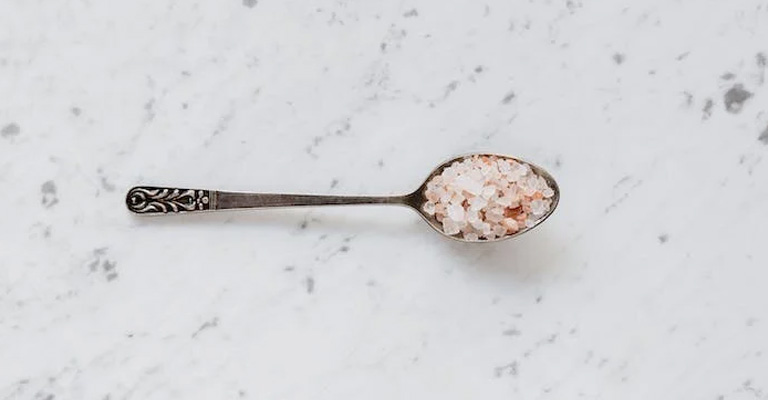
If you use salt or de-icing chemicals on your walkways or driveways, try to avoid spreading it near areas where birds frequent. These substances can be harmful to birds if ingested or if they come into contact with their feet.
Provide Nesting Materials
Leave out natural nesting materials like twigs, leaves, and grass clippings for birds to use in building their nests. These materials can help insulate their nests and provide warmth for their feet.
Avoid Disturbance
Minimize disturbances around bird habitats during cold weather. When birds are resting or roosting, disturbing them can cause unnecessary energy expenditure and increase the risk of their feet getting cold.
Monitor Bird Feeders
Regularly check bird feeders and remove any snow or ice that may accumulate on the perches. This ensures that birds have a clean and accessible surface to land on, preventing their feet from getting wet and cold.
Educate Others
Spread awareness about the importance of providing a bird-friendly environment during cold weather. Encourage your neighbors and community to take similar steps to help keep birds’ feet warm and protect them from harsh conditions.
Remember, while these measures can help create a more favorable environment for birds, it’s important to respect their natural behaviors and not interfere too much with their natural adaptations to cold weather.
What Happens to Birds When It’s Freezing Outside?
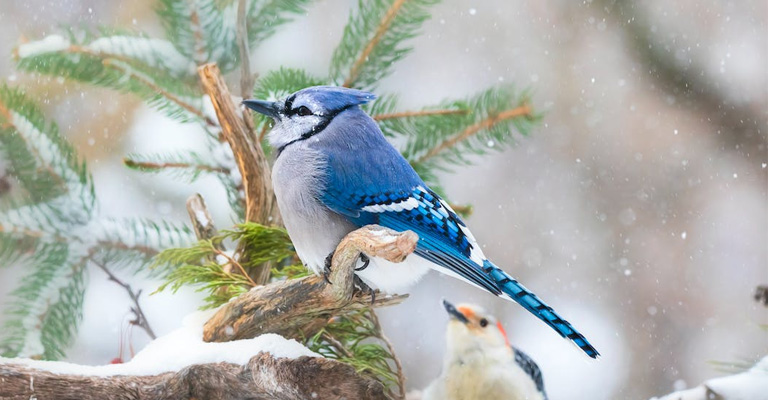
When it’s freezing outside, birds face several challenges and undergo various adaptations to survive the harsh conditions. Here’s what happens to birds during freezing weather:
Increased Metabolic Rate
Birds have a higher metabolic rate in cold temperatures, which helps generate more body heat to keep warm. They may need to consume more food to maintain their energy levels.
Fluffing up Feathers
Birds fluff up their feathers to create air pockets that act as insulation. This helps trap warm air close to their bodies, reducing heat loss.
Roosting Behavior
Birds often seek sheltered areas, such as dense vegetation, tree cavities, or roosting boxes, to protect themselves from wind and cold. They may huddle together in groups to share body heat.
Shivering
Birds have the ability to shiver, which generates heat by rapidly contracting and relaxing their muscles. Shivering helps warm up their bodies and maintain a stable body temperature.
Reduced Activity
In freezing weather, birds may reduce their activity levels to conserve energy. They may spend more time resting, conserving energy for essential activities like foraging and staying warm.
Blood Flow Regulation
Birds can regulate blood flow to their extremities, reducing blood flow to their feet and legs to minimize heat loss. This helps maintain core body temperature.
Tucking Legs
When perching, birds often tuck one leg up into their feathers, reducing the exposed surface area and conserving heat.
Seeking Food Sources
Birds may actively search for food sources during freezing weather. They rely on high-energy foods like seeds, nuts, and suet to sustain their energy levels and maintain body heat.
Avoiding Frozen Water Sources
Birds may have difficulty finding open water sources in freezing temperatures. They may rely on melted snow or seek out areas with flowing water to drink and bathe.
Frostbite Risk
Birds are susceptible to frostbite, especially in their extremities like their feet and toes. To minimize this risk, birds may lift one foot off the ground and tuck it into their feathers while standing on the other foot.
Not all bird species have the same adaptations or tolerance to freezing temperatures.
Some species, like Arctic birds, have specialized adaptations to survive in extremely cold environments, while others may migrate to warmer regions during winter.
Providing food, water, and shelter can greatly assist birds during freezing weather and increase their chances of survival.
FAQs
Birds find food in freezing weather by relying on their foraging skills and adapting their feeding strategies. They may search for food sources that are still accessible, such as berries, seeds, or insects hiding in tree bark.
While birds have adaptations to withstand cold temperatures, extreme cold can still pose a threat to their survival. If birds are unable to find sufficient food, shelter, or water, they may experience hypothermia and freeze to death.
Not all bird species migrate during freezing weather. Some birds are adapted to withstand cold temperatures and remain in their habitats year-round. These birds have evolved physiological and behavioral adaptations to survive in freezing conditions.
Birds have various strategies to keep their eggs warm during freezing weather. They incubate their eggs by sitting on them, using their body heat to maintain a stable temperature.
Some bird species, like penguins, form tight huddles to collectively keep their eggs warm.
Yes, birds can get frostbite on their feet, especially in extremely cold temperatures. Frostbite occurs when tissues freeze due to prolonged exposure to freezing conditions.
Birds’ feet are particularly vulnerable to frostbite as they come into direct contact with cold surfaces.
Final Words
The ability of birds to withstand freezing temperatures without their feet freezing is a testament to the incredible adaptability and resilience of these remarkable creatures.
Through a combination of specialized adaptations, such as countercurrent heat exchange and insulation provided by feathers, birds have evolved to thrive in diverse environments, including the coldest of winters.
Understanding the mechanisms behind their ability to maintain warmth in their extremities not only deepens our appreciation for the wonders of nature but also provides valuable insights into human technological advancements.
By studying the strategies employed by birds, scientists can potentially develop innovative solutions for cold-weather protection in various industries, from aviation to outdoor gear.
So, the next time you spot a bird perched on a frosty branch, take a moment to marvel at the marvels of nature similar to birds’ feet not freezing.